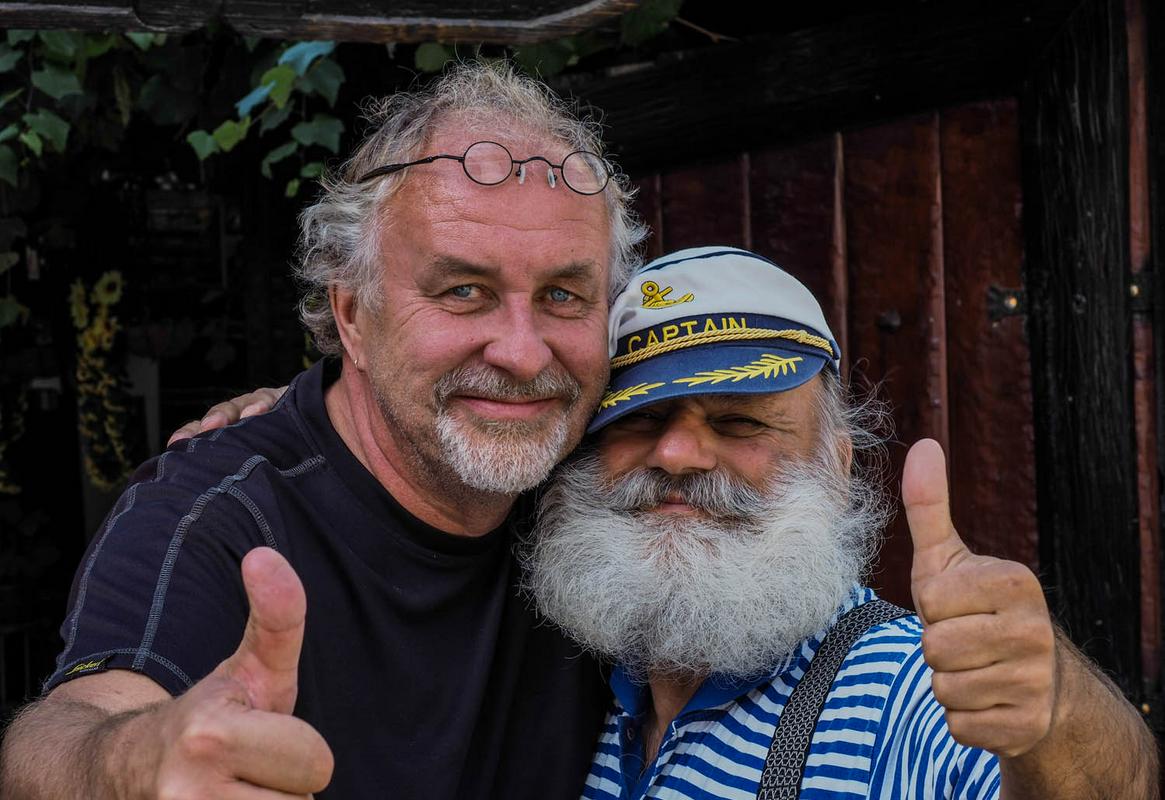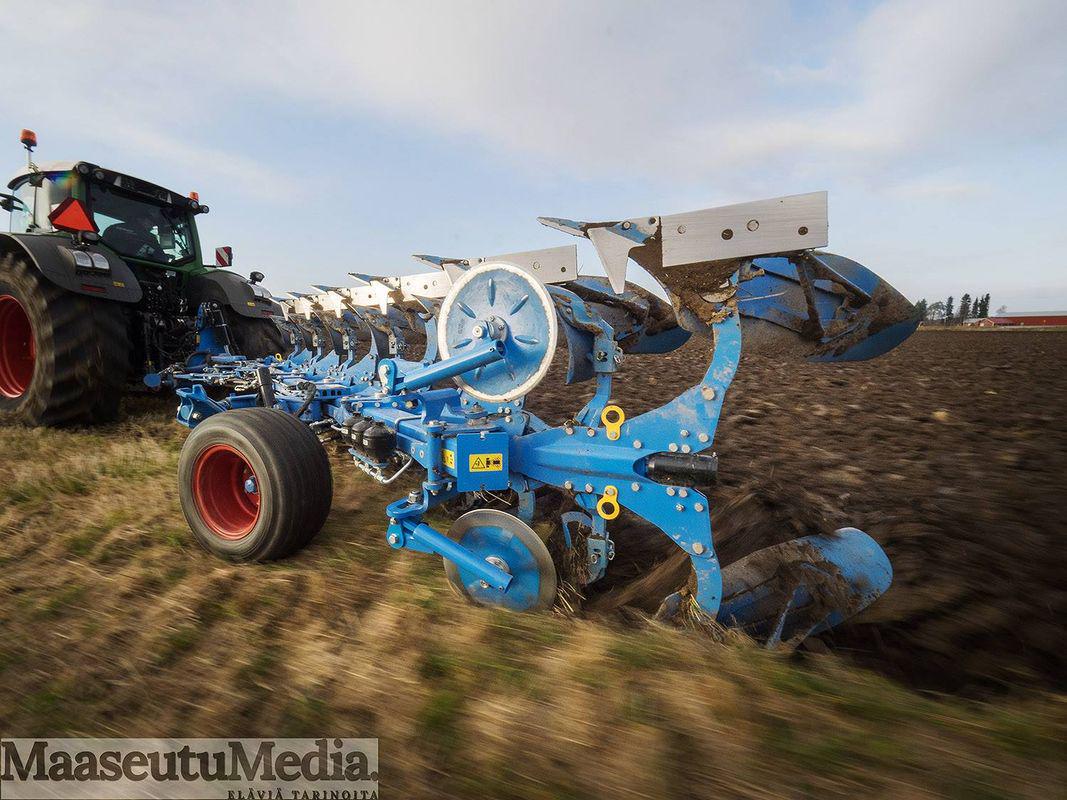

The Finnish media partner in co-creating the stories of young people from the countryside is MaaseutuMedia, which saw the online light in June 2014. The articles deal with life in rural areas, farming, livestock production, food and food production, the environment, art and everyday life in the countryside. The idea behind MaaseutuMedia is a fresh and independent perspective in the field of journalism in Finland, which has published more than 600 articles in the first two years, reaching two million readers, 100,000 readers per month. In 2015, the web portal received the award for the best articles of the year from the Finnish agricultural journalist organization ENAJ, and is an important source of environmental topics in the country. The owner, producer, editor-in-chief and the main author of the portal is Hannu Koivisto, who saw the need to raise awareness and balance the general misunderstanding regarding the environment and food production.
"I was born 57 years ago in a farm and grew up with animals, pigs and cows. I still remember my crocodile tears when my favourite sheep was sold, but this is how I got my first skis and winter jacket. I was growing up working on the farm work and in the forest with a horse named Juusk. In 1988, I took over the farm, starting with 17 cows, 25 hectares of land and my first renovation, upgrading the stables for pigs, I wanted to develop the farm with new ideas. I had 120 cows by the end of 90's and 250 hectares of the land, which I mostly rented. My farm was 180th regarding its size in Finland. I was one of the first producers to sell bacon to consumers on the farm, also selling pig meat to small, modest restaurants in Helsinki. I cultivated a wide variety of products in the fields and experimented with garlic, Chinese cabbage, red beets, carrots, turnips, buckwheat, but mostly I was producing barley for pigs. Contract work was an important part of my farm, I packed 500 hectares of silage per year, 400 hectares of bales, spraying pesticides on 700 hectares, picking and drying raw materials for other farmers. I have a lot of experience with the farming of different plants. But in 2013, this part of my life ended, because I was tired of all the bureaucracy, low prices and high costs, " says Hannu, adding that Finland is tackling these issues more and more. In 1995, 120,000 farms existed in Finland within the EU, and only 60,000 today. If these statistics continue, only 30,000 farms will exist within the next decade or two. Fatigue is a common phenomenon among farmers, and there is also a big question in Finland on how to involve young farmers in the food production process in the future.
"The purpose of cooperation in the Young Village Folk project between Slovenia, Croatia and Finland is to find out how the common agricultural policy and people can help sustain young farmers, it is also a great mission to create communication between food producers and consumers. A very important topic is that in our stories, we find out how to create greater employment in food production, "the Finnish partner points out. Young farmers are innovative and creative, which is very important in the future of food production, but how to impress young people even more? Hannu sees an important role for the media, including his web portal: "" The online platform along with television is a new way of telling stories and reaching young people. Short stories are also visible via smart-phones, which is very appropriate for MaaseutuMedia, because we are focusing on new models of a multimedia channel. "
Regardless of the worst weather conditions in Finland during the summer and autumn, young farmers are very positive people, he continues in comparing the environments: "Finnish and Balkan young farmers have a different appearance, way of working and thinking. The differences between Finland, Croatia and Slovenia are wide. Finnish farms are large and very efficient. Given the largely northern climate for farming, Finnish farmers are very capable. Overall in Finland and the Balkans, the prices of food products are cheap, but in Finland, cold climate costs are very high. In Finland, Hannu adds that young farmers are highly educated and modern, aware of the society around them and are active people who use the most modern technologies in the world.
"We have started a very important mission with the Young Village Folk project, we will help consumers to understand food production, that is why the project also has a wider social significance. We will also be challenged with the integration of young people from cities and rural areas," concludes Hannu, who will familiarize us with the good practices used in the Scandinavian region.


































































